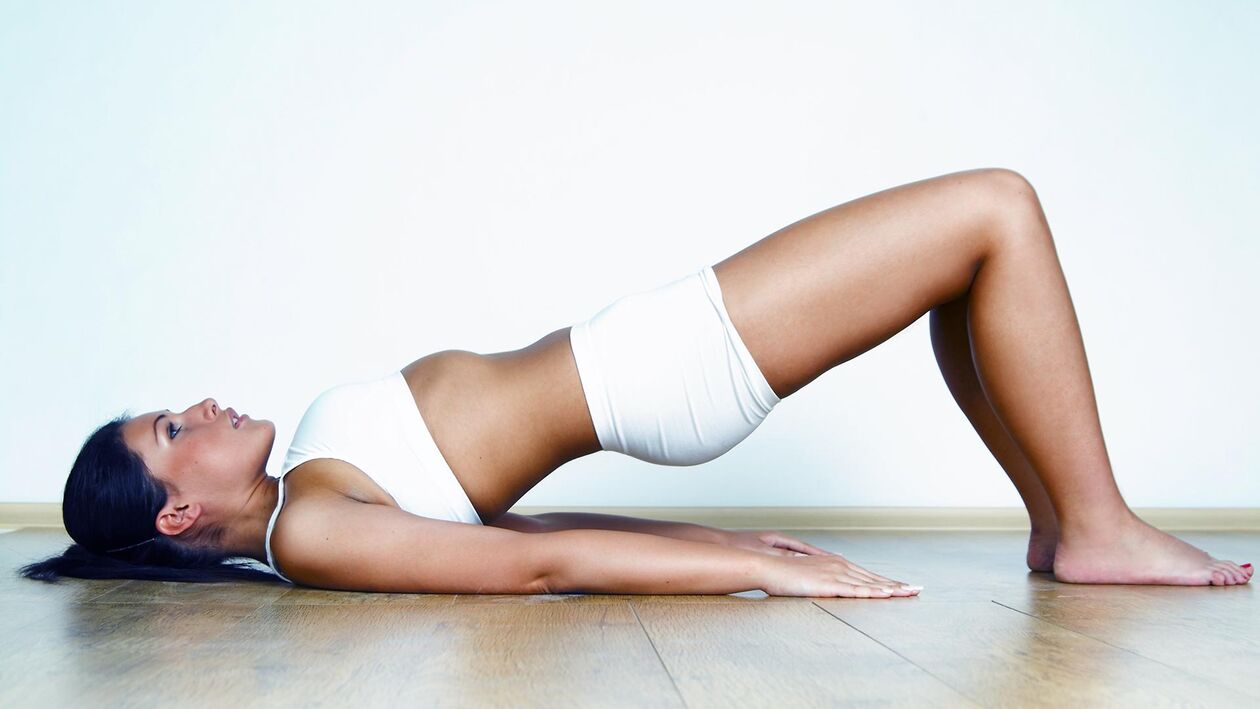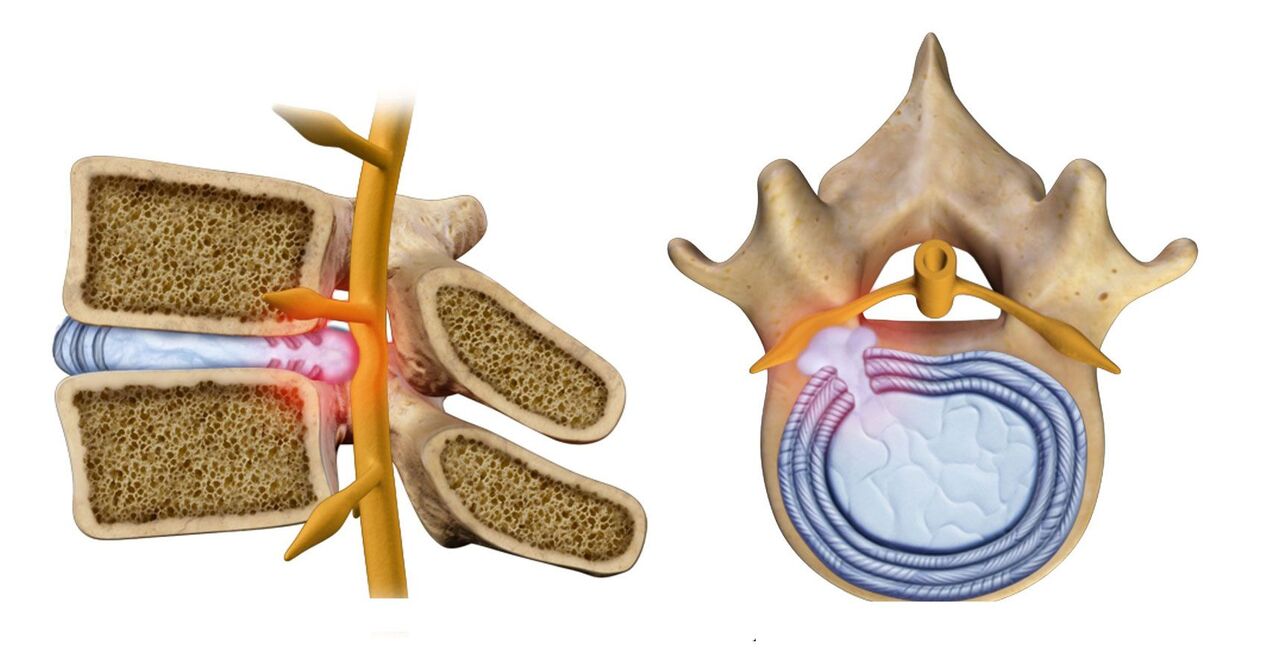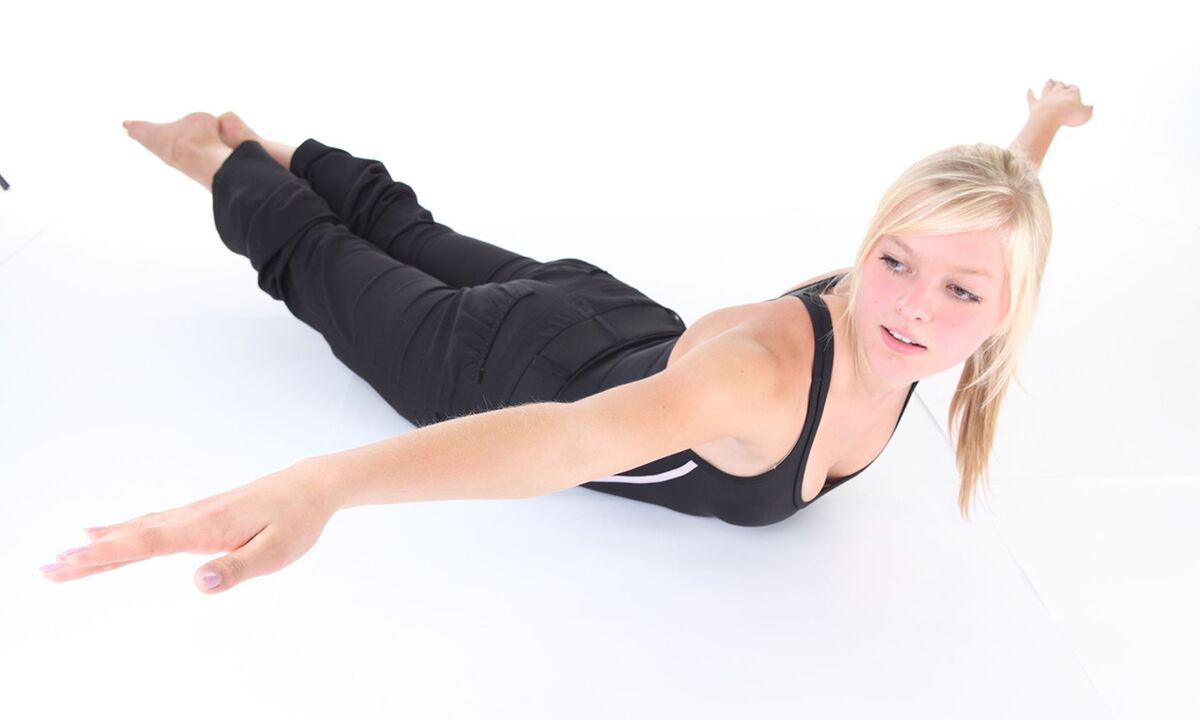
Spinal osteochondrosis is the most common cause of spinal pain. According to statistics, more than half of people over the age of 40 are exposed to similar diseases and its early manifestations occur already in the second and third decade of life. However, the disease is almost impossible to cure - it is chronic. The disease itself damages the intervertebral discs and cartilage, which contracts the nerve cells in the spinal cord. Osteochondrosis can be of several types - it all depends on which area of the spine is hit. This article will discuss the treatment of thoracic osteochondrosis, which is not a very common disease but causes great discomfort.
Specifics of the disease
Chest osteochondrosis is a rather rare disease caused by the structure of the spine. In addition, the diagnosis of this disease is quite difficult because its symptoms are often confused with the manifestations of diseases of the internal organs.
A special feature of the chest is that it is the least exposed to stress. A strong connection between the ribs and the chest creates a mobile but at the same time durable structure that is least susceptible to various diseases.
With an early stage of disease development, it is practically not felt, which is another feature. The disease can cause a sharp increase in chest tension, which is often found in temperamental athletes or young mothers during breastfeeding. Another common cause of chest osteochondrosis is scoliosis or poor posture.
The danger of the disease also lies in the fact that the main symptoms are manifested in the late stage of development, when the nerve cells of the spinal cord or the spinal cord itself already have severe compression or pathological disorders have occurred due to lack of blood. Circulation.
Manifestations of thoracic osteochondrosis
Most often, doctors face a disease such as radiculopathy - compression of nerve fibers in the spinal cord. In this case, the treatment of osteochondrosis of the thoracic spine depends on the symptoms. They often arise due to the different degrees of intervertebral hernia, and distinguish between its two types:
- Median hernia. It is characterized by constant pain that does not disappear for a long period of time, and medications and injections rarely allow you to get rid of it.
- Lateral hernia. Characterized by unilateral pain manifested at the same level of the hernia, sometimes manifested by loss of sensitivity of varying degrees. With such manifestations of the disease, medications and injections can deal with the pain.
Spinal cord compression itself is very rare. Typically, such manifestations of the disease are accompanied by severe pain in the groin, numbness, weakness of the legs, and profuse sweating. Chest pain often extends to the esophagus, abdomen, and can disrupt the functioning of internal organs.
Treatment of thoracic osteochondrosis
Competent specialists should consider the treatment of thoracic osteochondrosis. Doing so at home is very frustrating. Typically, such treatment consists of two stages - the removal of the pain syndrome and the elimination of the cause of the pain.

Preference is most often given to conservative methods of treatment. In cases where this method does not deal with the disease, they resort to surgery, but this is very rare.
Pain relief is achieved with two components - rest and medication. The patient is prescribed bed rest and prescribed nonsteroidal anti-inflammatory drugs (NSAIDs). Nonsteroidal anti-inflammatory drugs relieve swelling and inflammation, thereby reducing the contraction of nerve fibers in the spinal cord.
Sometimes, during severe pain, a combination of drugs is used. Then, in addition to nonsteroidal anti-inflammatory drugs, analgesics are prescribed - injections, tablets. This is done with very strong and unbearable pain and medications such as muscle relaxants relieve muscle spasm in the injured side.
Once drug treatment is started, a period of remission begins. Physiotherapeutic exercises are used at this time along with a relaxing massage and complete relaxation. This set of measures is an effective treatment.
Treat at home
In order to significantly reduce the pain that arises due to such a disease, it is necessary to carry out long and complex treatment. Often for these purposes they go to the hospital, which is not always convenient and permissible. In such cases, you should apply for restoration at home.
It is important to remember that such measures can be taken only after initial treatment by a specialist.
Recovery procedures can be used at home and to prevent exacerbations, or as a preventative measure. Consider the most effective methods that allow you to get rid of the disease without the use of drugs - injections and pills. These methods include.
Therapeutic exercise and massage
Self-massage is allowed at home, which involves warming the spinal muscles from the neck to the lower back. A folded towel is often used for this purpose - it is rolled into a turnip, made into onions.

Therapeutic exercises can be performed in a sitting or standing position. The arches in the back help you a lot, as if you were stretching after sleep. Another exercise that eliminates aggravation is lifting the arms alternately and moving the back of the back smoothly. Do not neglect a method of treatment such as physiotherapy exercises. Health and sport are always interrelated.
Folk remedies
Medicinal herb-based medicines are actively used at home. They exclude injections and tablets and consist only of ointments and infusions. The most effective drugs:
Spinal massage with a 10-day infusion of 200 grams of lilac in 0. 5 liters of vodka helps to prevent exacerbations and treats osteochondrosis itself with different manifestations.
Shredded hop cones obtained with the same amount of melted fat will help to remove the aggravation.
Mix 1. 5 cups of radish juice with a glass of vodka and 200 grams of honey, add 10 g. Salt and massage into the affected area of the spine - and you will not need an injection.
Presented folk remedies are effective methods of treating osteochondrosis with varying degrees of its manifestation. In addition, these products can be used during breastfeeding because they are made from natural ingredients.
In the treatment of such a disease, with varying degrees of its manifestation, it may consist of different methods. Sometimes injections prescribed by a doctor give the greatest effect, sometimes folk remedies. Ignoring the advice of specialists and especially refusing to check them completely is foolish and risky. With a very advanced degree of the disease, even injections will not help. In addition, chest osteochondrosis is often combined with cervical, while treatment of cervical osteochondrosis involves the use of slightly different methods. Therefore, the first thing to do when similar pain occurs is to contact a specialist.


































